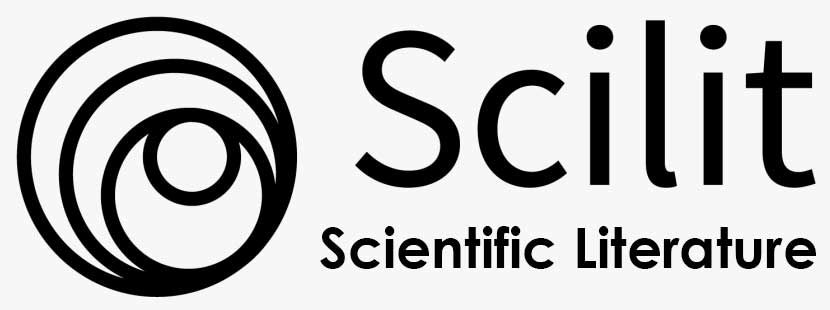Green Wave: A Reserved Energy Source
DOI:
https://doi.org/10.70922/ktab5156Keywords:
floater, pedal rotating wheel, alternator, green energyAbstract
Excessive and wasteful use of power in addition to the continuous growth in population has stressed the supply of primary available energy resources. These resources, while damaging the earth’s environment, may not be able to meet the future needs for energy. A great shortage of energy is being experienced nowadays. It is necessary that it should be acquired or captured, saved, conditioned and be used through different techniques. One of these promising energy sources is ocean energy.
In this project, the waves typically have low power so that storage became an important consideration to maintain a consistent power output. By submerging a floater, it forms fluctuations. The force of the floater above the water is fluctuating as the water rises and falls, driving a floater by using a pedal which passes the energy through a rotating wheel to the dynamo to generate electricity.
This project provides a brief review of ocean waves and their potential as green energy surrogate to conventional energy sources. The basic wave energy conversion is discussed to provide an overview of the fundamentals related to the field. Nevertheless, the existing crisis of the country requires appropriate selection of renewable energy solutions. Ocean wave energy has the potential and is expected to contribute in the future needs for energy.
Downloads
References
Ahuja, D. a. (2009). Sustainable Energy for Developing Countries. (I. V. Environnement, Ed.) Surveys and Perspectives Integrating Environment and Society , 2 (1), 7-9.
Azhari, B. F. (2016). Analytical Design of Sea Wave Energy Power Plant Using Tubular Linear PM Generator in Southern Coast of Yogyakarta, Indonesia . IEEE .
Blake C. Boren, P. L. (2017). Design, Development, and Testing of a Scaled Vertical Axis Pendulum Wave Energy Converter. 8 (1).
Brooke, J. (2003). Wave Energy Conversion. Heriot-Watt University, Edinburgh, UK: Elsevier Science.
Craddock, D. (2008). Renewable Energy Made Easy: Free Energy from Solar, Wind, Hydropower, and Other Alternative Energy Sources. Bremerhaven, Denmark: Atlantic Publishing Company.
Cruz J. (ed.). (2008). Ocean wave energy. Current status and future perspectives. United Kingdom: Springer.
Hangil Joe, H. R.-C. (2016). A New Wave Energy Converter using Flap-type Blade and its Power Generation Test. IEEE .
Huang, S.-W. T.-L.-T.-H.-F.-C. (2016). Effective Energy-Saving Device of Eco-Ship by Using Wave Propulsion. IEEE Technoocean 2016.
Panicker, N. (1976). Ocean Engineering: Power Resource estimate of ocean surface waves.
Peppas, L. (2008). Ocean, Tidal and Wave Energy: Power from the Sea. Aalborg Denmark: Crabtree Publishing Company.
R. Bhattacharyya and M.E. McCormick. (2003). Wave Energy Conversion, Elsevier Ocean Engineering Book Series Volume 6. Elsevier Science Ltd.
Downloads
Published
Issue
Section
License
Copyright (c) 2018 PUP Journal of Science and Technology

This work is licensed under a Creative Commons Attribution-NonCommercial 4.0 International License.







